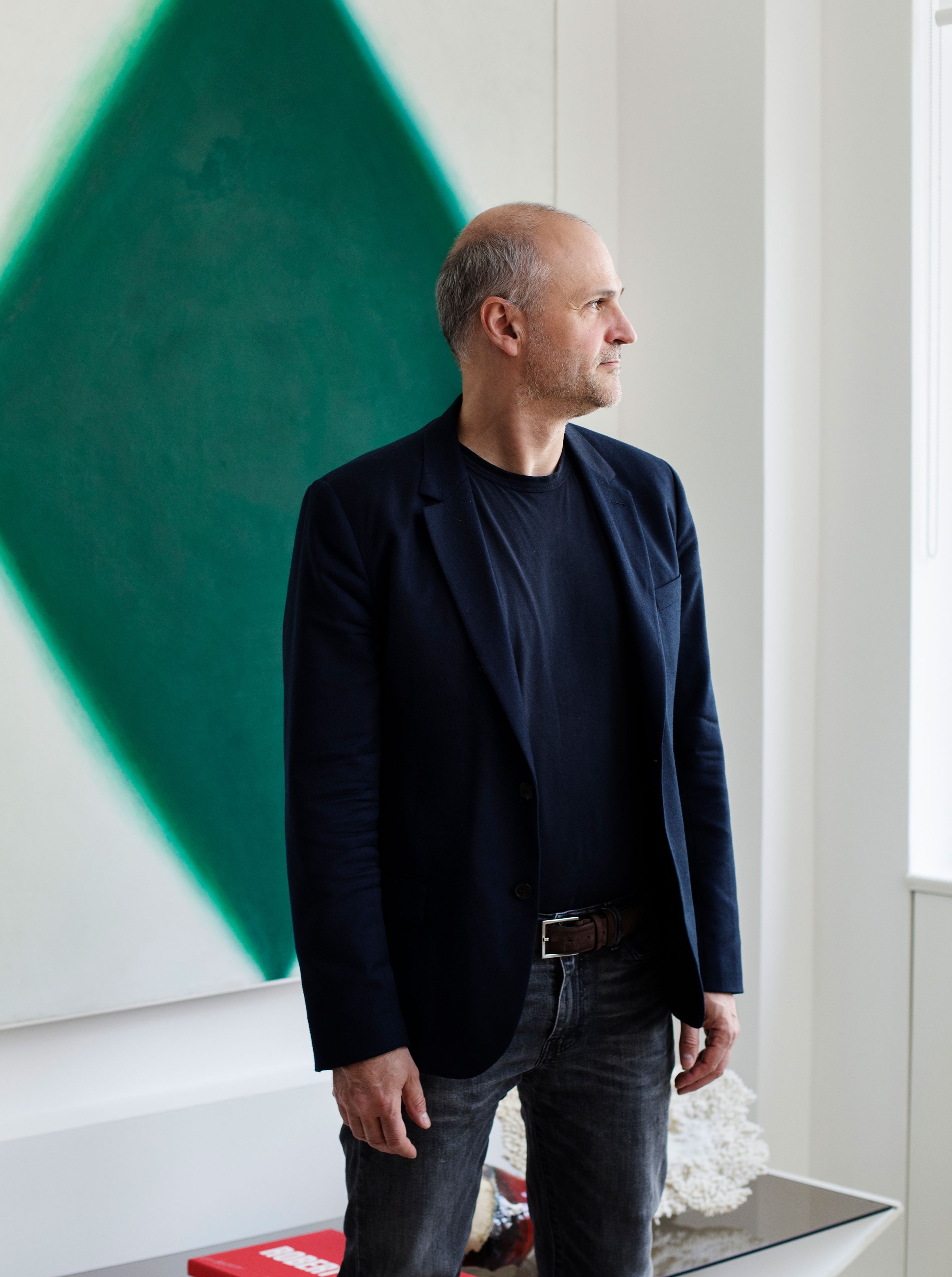
When it became impossible to conscientiously manage two different worlds at once, Berlin-based collector Giovanni Springmeier decided to shutter his medical practice in psychiatry and psychoanalysis and fully devote his time to art. It’s been 5 years since then. A culture enthusiast since the early days of medical school, for the past 30 years Springmeier has collected artists that fervently question the human condition in our ever-changing world. For him, there has always been the other; the way the self exists in relation to the external and how we exist together by ourselves, essentially discerning our very own course of being.
Adhering to his seamlessly voyeuristic nature as a psychotherapist and collector, Springmeier eventually decided to open the doors of his Berlin home, which he shares with another fervent collector—his partner Marta Gnyp. Together, they invite visitors to discover works from their collection and it is during these intimate tours—typically a small group of up to 10 people—where he hopes contemporary art will inspire, provoke and provide insights, at least for a split second.
Collecteurs: Can you tell us about how you became interested in acquiring Fred Lonidier’s 29 Arrests, 1972 for your collection?
The starting point to buy 29 Arrests was its connection to the video work/document(1962/2007) by William E. Jones, which consist of footage shot by the police of a crackdown on public sex in the American Midwest. Police wanted to identify typical patterns for what was then called ’sodomists’ and to educate and train the policemen to recognize and catch the men. The idea wasn’t new, for example the Italian doctor Cesare Lombroso tried to find the patterns of behavior in relation of the physiognomy already 90 years earlier. People try to categorize things all the time.
Looking at 29 Arrests, I thought that this is a documentation of the anti-Vietnam war generation. The state would always be looking to identify the potential trouble makers and to classify them. The policemen did not have their own identity except for the one given to them through the uniform, which made them act like unnamed soldiers. On the other side, the demonstrators look all unique and even quite happy.
I was excited when Adam Carr asked me to make a work from my collection available for the 1-31 Exhibition on Collecteurs and I enjoyed a lot reading the intelligent, informative analyzes of this photographic work by Mateo Chacon-Pino. Interestingly enough, I couldn’t recognize any of my ideas about the work which made me buy it. For me as a collector I saw the repetition of history. What makes it even more exciting it is the dimension of voyeurism, because we are looking at the other through the lens of someone else.
C: Before you decided to dedicate your time just to art, you were running your own doctor’s office.
Giovanni Springmeier: I still practice as a doctor, I just gave up my CHI accreditation. Since I became a gallerist, and not just a collector, it was difficult to manage everything at once.
I worked as a psychotherapist, so people would come see me about 3 times a week. The meetings with my patients were tightly scheduled, and the art world is much more spontaneous.
So eventually, I decided to quit. As a therapist you carry great responsibility in terms of providing a routine. You can’t just tell your patient, “Sorry, we have to reschedule, see you next week!”
C: For how long have you practiced as a doctor?
GS: About 25 years. Firstly, I was at the clinic, and then I opened my own doctor’s practice, which lasted for about 10 years.
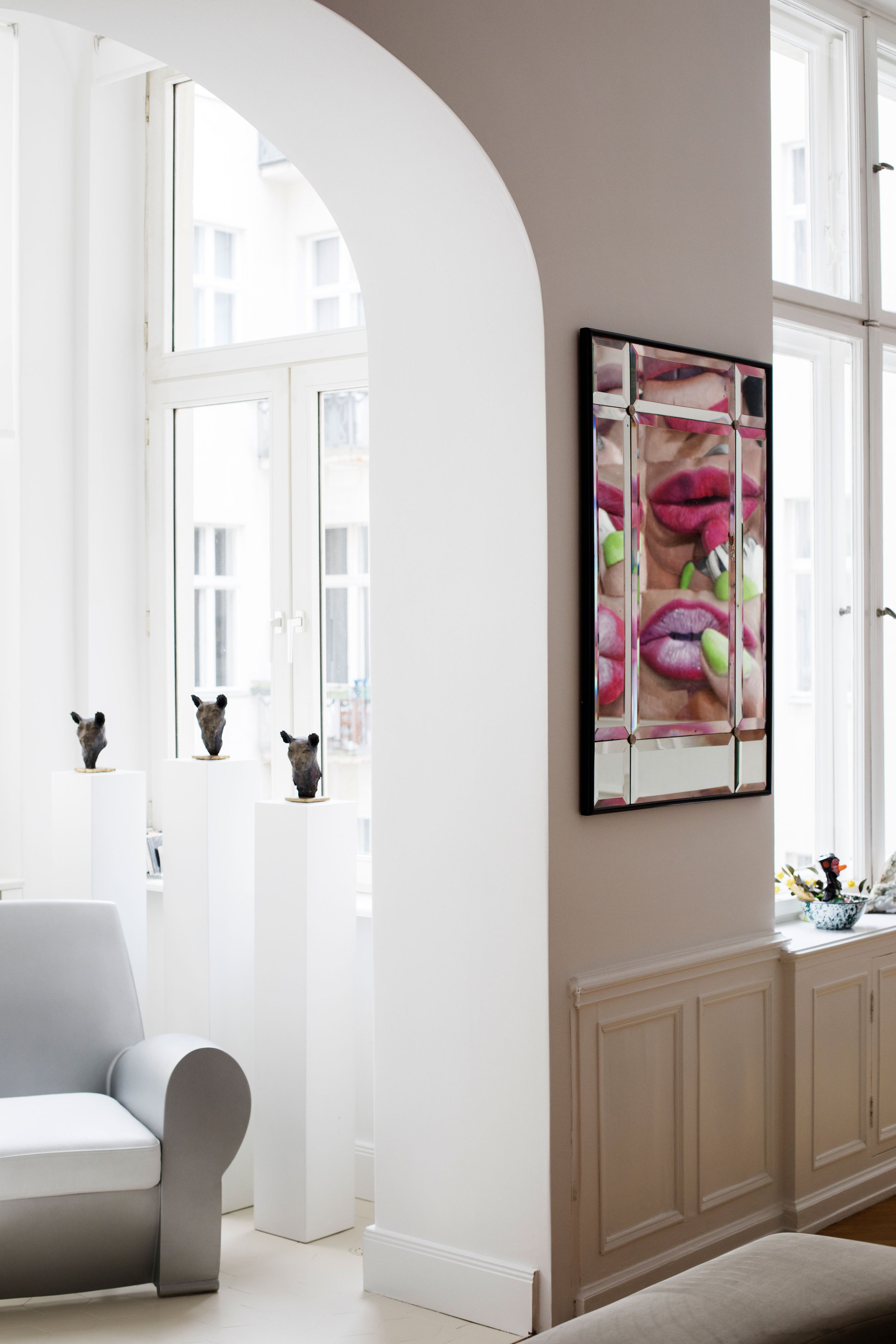
C: How did your patients react when you broke the news?
GS: They were quite excited, actually. Everybody asked questions, it triggered fantasies. Many dream of changing their lives, few do, so it actually fostered positive reactions. People are afraid of doing something else. It was interesting to analyze all of that inside our sessions.
C: Did your departure inspire people to follow their dreams?
GS: At least in the sense of thinking that change is possible.
C: Collecting in Germany is interesting, because in the end there aren’t that many collectors. In comparison to the US, and even in regards to investing, most people in Germany usually look into real estate.
GS: There are collectors in Germany, but you’re right, not that many as in USA.
C: Even things like Kickstarter—supporting projects of strangers—works well in the US, and not in Germany. How come?
GS: Americans love to speculate, and I don’t mean that in a negative sense. Speculating is important, because it makes people try new things. It doesn’t matter if it works out or not.
At a fair, an American collector sees a work and says, “Hey, I like it, how much is it?” Germans first look into the history of the artist, where has she or he shown, if they’ve exhibited at museums and will probably wait. There’s no spontaneity.
Americans are much more open to buying, but also selling. If it doesn’t fit the collection anymore, it gets sold, and this is not a problem. This type of spontaneity also leads to innovation, which comes from the US; people have the courage to try new things. In Germany the attitude is different, I’m not saying that they are not selling, though.
C: Where does this different attitude come from?
GS: The US is a young country that has cultivated the idea from dishwasher to millionaire.
Our European history makes everything feel more burdensome. Germans try to be more analytical, there’s less passion, but more responsibility instead.
C: How does that affect the relationship to art?
GS: Here, many collectors want to find art on their own so few collectors work with art consultants. In the US, people have a specialist for their heart, their hair, and so they do for their art. They trust that an art advisor must know best.
It also makes it much harder for young artists in Germany, we’re not fast enough. We start buying things when the US is already over it. Think about Leipziger Schule.
For us attractive art must always be problematic. The content is much more important than the outcome.
In good works you have both. Look at Rose Wylie: She’s 87 and makes these nice, childlike paintings; very hip. Their political questioning makes us think about media influence, identity, and many other things. It’s much more interesting than work that references ‘fuck Trump,’ staying relevant for like 3 months.
This is what I mean by politically-invested art, though; how in the end Germany’s history often pushes through.
One has to be careful not to generalize. But you are right, we tend to be moralistic and we have a problem with beauty.
C: Why is beauty problematic?
GS: Art is supposed to be difficult, which implies it addresses cultural, social and political values and is not to be confused with decoration. There is enormous complexity in this subject though. During a dinner full of celebrities Ai Weiwei hands out protective foil to the guests assuming the positionality of a refugee. What’s the point of it? My immediate response to this is disgust, and I’m not entirely sure why. Perhaps because Ai Weiwei’s performance necessarily creates a sense of disturbance, consequently making its way into human memory. It will have no impact on the actual situation, though.
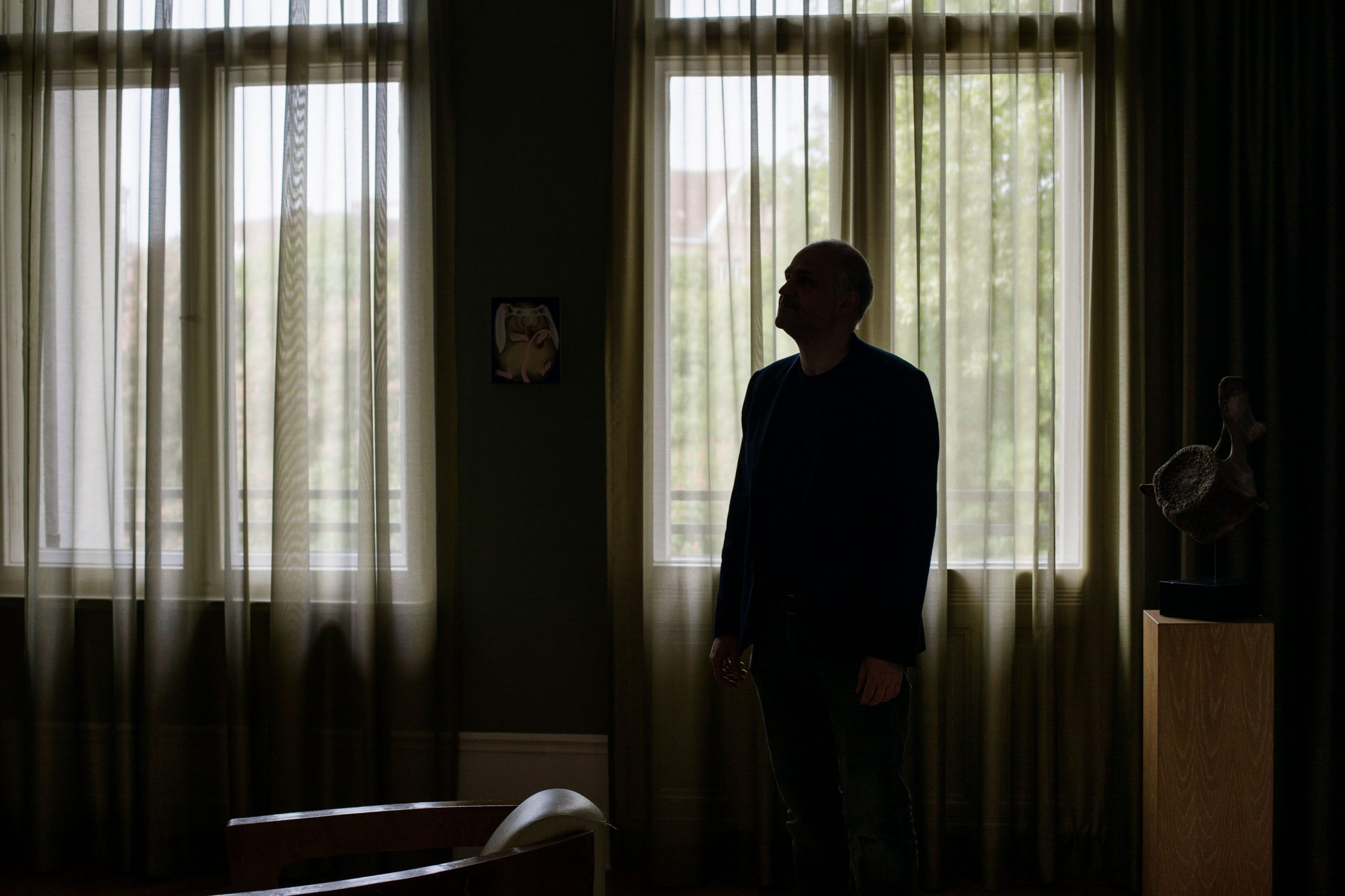
It was meant in a good way, to create awareness about the refugee crisis but it became a cheap PR stunt for the artist and the guests without any form of understanding or empathy for the problem. I think it’s important to continuously ask this question—also as a collector — why is a work relevant? There is a big difference between actuality and the zeitgeist. Kippenberger’s ‘Zuerst die Füße’, the frog hanging on the cross, was made was very provocative and important at the time it was made since many people in Germany thought about their religion.
Making such a work today in Germany would be irrelevant. If you’d paint today like it was done during the Renaissance, you could say “I can paint well”, but again, what’s the point of it? You have to think about what’s relevant today.
C: What do you look for in art?
GS: The act of searching always begins with the act of knowing. Collectors look for things that have to do with themselves, consciously or subconsciously.
I started in Paris with buying posters. Eventually I turned to collecting portrait photography, because I’ve always been interested in human characters and human behaviour. At a certain moment I discovered videos that would question social structures like Clemens von Wedemeyer’s. At that time I wasn’t yet a psychotherapist, but apparently analyzing mechanisms of behavior was something that interested me. Me and the other. Painting was less accessible to me because this medium has carried so much history. Photography and video just always came easy, I understood it better.
C: I’m always curious about people who collect film, because it’s basically impossible to live with…
GS: You are right, you buy these works and put them away like a book. You can’t live with films, unless you have a museum.
C: But if an artwork is inconsumable, why own it?
GS: You consume it in your head. The moment you start buying art, you begin to make internal connections between the artworks you own, even if you don’t live with all of them simultaneously. We have many works in storage.
Buying something is also an act of spending money. If you aren’t very rich, you have to decide between things. The act of buying itself was and is important to me, as is also the idea of owning works.
When my girlfriend buys a piece of clothing, she wears it the next day. When I buy something, I usually put it away. I’m excited to have it, and maybe it’ll take a year for me to wear it. These are just two different ways of having.
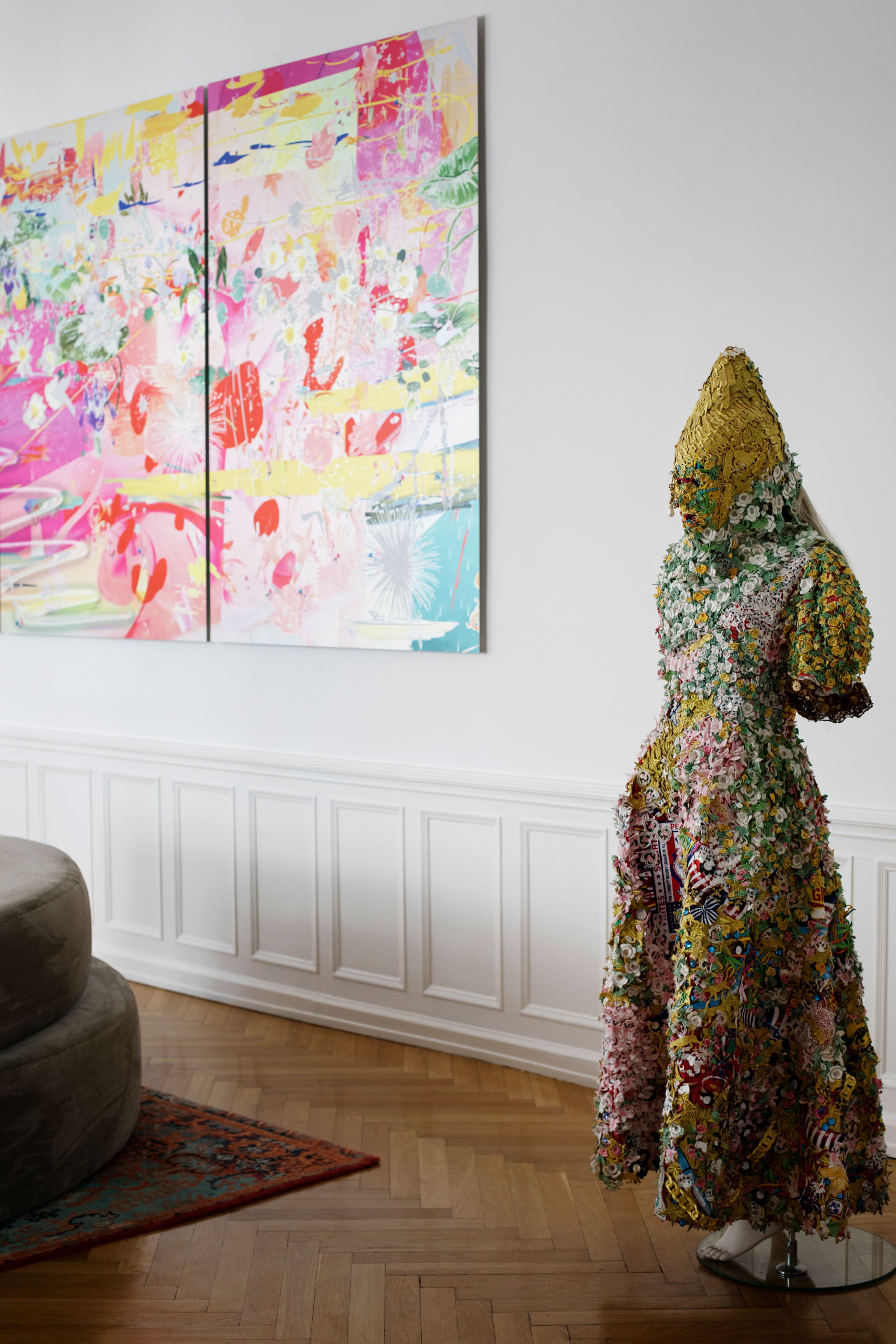
C: Is the collectors scene very small?
GS: The scene of collectors has always been relatively small although the art world has grown vastly in the last 20 years. There is so much art; we live in a time where a young artist can gain millions, like a rock star but still 95 percent of artists can’t live from it, we simply don’t have enough buyers. Most people don’t care about living with art.
C: And the art world doesn’t make it particularly easy to join in…
GS: Well, there are a lot of people who love to be a part of the art world. What bothers me is the sensationalism of the media. There is too much talk about high prices, the rotten art market, the speculation, frauds. The media finds it more exciting to talk about these than art itself.
C: Why do you promote emerging art?
GS: You can buy yourself a Richter when you can afford it, but where’s the challenge in that, except spending millions of euros? Younger art experiments, searches, tries to break the old, and attempts to be different. It’s exactly that what we should support. And not unimportant, a few of them will become the future masters. It connects you with the Zeitgeist in a different way. Having said that, I don’t collect emerging artist only; for me, what makes sense is the dialogue between different generations.
C: You give tours of the art in your apartment.
GS: I like being a voyeur. I think it’s interesting to see how people live with art and the many different ways how this could be done. We have visits of museum trustees that mostly end up in interesting conversations. Sometimes artists and art advisors come by, with the idea to do some business, then it becomes about networking, which honestly isn’t that interesting but is a part of the art world structures.
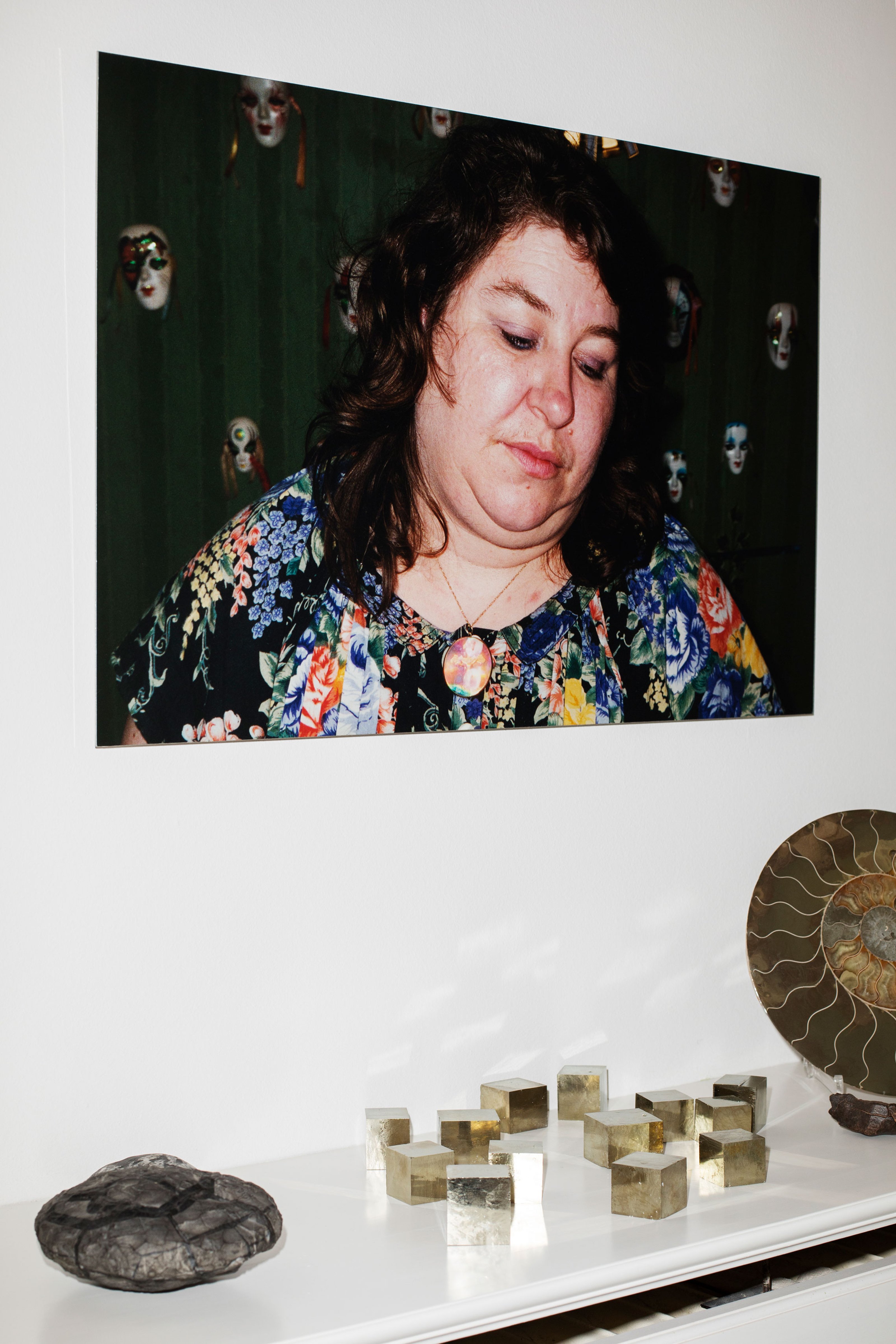
C: Is it generally unattractive if an artist approaches you, regardless if they’re talented or not?
GS: When I was young, I was able to look endlessly at so many things. Today, we see so much, I could be completely drained after one day. I also judge much harder. Back then I thought everything was interesting.
C: It’s a matter of experience…
GS: Right. Sometimes you speak to some artist at a party and it’s great fun. But then you take a look at the work and it’s not very interesting at all. So that’s difficult, because the artist already has an expectation from our hour-long discussion.
C: Do the artworks ever become yours?
GS: Well, no. Whatever you collect is always an expression of your personality, but they are never yours. It’s a ping pong game—like, am I a good father, gallerist or collector today? I always look for ways to interpret the work. And then someone comes in, and thinks something completely different.
I feel like people usually say the same things all over. People seem afraid to say something new, assuming they might sound ignorant.
C: It is a terror of the art discourse, that people have worked on for years in order to create…
GS: To create, or to study? When I did my MFA—coming from a background in creative writing—it was interesting how I had fully adapted to the verbal discourse after the program was finished. The first year I didn’t understand a word.
I can’t understand many art theoretical texts, even if they are in German. It’s less about knowledge than about creating questionable authority. In a way, many texts are merely communicating between each other. If you, as the reader, are too stupid to get it, it’s your problem. It creates inclusion and exclusion and it becomes a question of power. I think it’s important to understand the system and not to take oneself too seriously.
End.
Text by Lara Konrad
Photography © Christoph Mack for Collecteurs Magazine